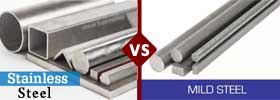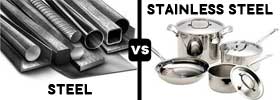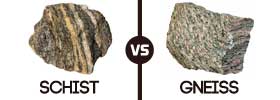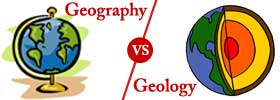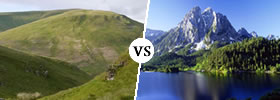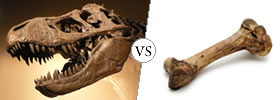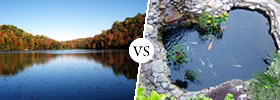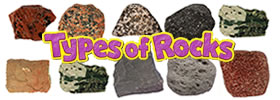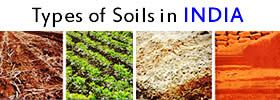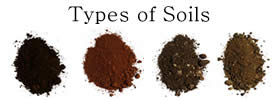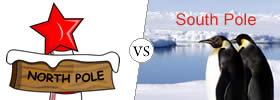Earth Sciences & Geology
|
The primary difference between a tide and a current is that the term tide refers to the rise and fall of the water levels, caused by the gravitational pull of the moon and sun, whereas the current refers to the flow of the water,caused by a variety of things, such as but not limited to wind, the Coriolis effect, breaking waves, cabbing, temperature and salinity differences. |
|
The primary difference between the two is the fact that stainless steel is a chromium based steel alloy, whereas mild steel is a carbon based steel alloy. Mild Steel is also known as carbon steel due to the fact that it contains between 0.05–0.25% carbon. Stainless Steel, on the other hand, contains a minimum of 10.5% chromium content by mass. |
|
Steel is an alloy, which means that it is created by mixing various different elements together. The primarily base element in steel is iron. Stainless Steel is a special type of steel. It has all the properties of steel. However, it is also non-corrosive, which basically means that it cannot rust. |
|
Schist and Gneiss are two different types of rocks that look remarkably like. The schist is type of medium-grade metamorphic rock that contains flat, sheet like grains in a pattern. Gneiss, on the other hand, is formed in the pattern of layers of sheet-like planar structures. |
|
Geology is more concerned with the processes that came into play to create the earth, as well as what it is composed of, mainly the various types of rocks. Geography deals with everything else. Technically, it refers to layout of the land, the rivers and the mountains and valleys. As well as the impact humans have on the earth. |
|
There is also no universal definition between the two. A lot of countries differentiate using the height, with any land form that exceeds 2,000 feet is considered a mountain and below 2,000 feet is considered as hill. |
|
Bones are an intricate part of the body. Most creatures have bones in their body, and all animals definitely have bones. Bones make up the skeletal system of the body, which serves a variety of functions. A fossil, on the other hand, is the preserved remains or traces of animals, plants, and other organisms from the remote past. |
|
Atmospheric pressure is a force in an area pushed against a surface by the weight of air in Earth's atmosphere. A barometer measures Barometric Pressure, which in most common instances is synonymous with Atmospheric Pressure. |
|
There is no actual universally standardized technical distinction between the lakes and ponds. Many scientists classify them just on the basis on size. |
|
Rock is a solid material composed of grains of minerals. There are many different types of rocks. However, broadly they are divided into three categories – Igneous rocks, sedimentary rocks and metamorphic rocks. |
|
There are many different types of Soils present in India. They are primarily differentiated on the basis of composition and structure. Black, red, alluvial, laterite, desert, mountain, saline and marshy are some prominent soils present in India. |
|
Soils are mainly classified on the basis of their nature and composition. There are many different types of soils like – black soil, red soil, laterite soil, alluvial soil, mountain soil, etc. Color of soils mainly depends upon their composition. |
|
Coal is a combustible organic rock which is primarily made of carbon, nitrogen and oxygen. It is mainly classified into different ranks or grades, based on the percentage of carbon in it. |
|
Clouds are generally classified into three types – High, Low and Middle types, depending upon their region of formation. They are further classified according to their shape and size. |
|
The North and South poles are Earth’s ending poles. The North Pole is the northernmost point of the Earth's axis; commonly known as the Arctic region. While, the South Pole is the southernmost point of the Earth's axis; commonly known as the Antarctic continent. |
Pages
 |
 |
 |
 |
 |
 |
 |
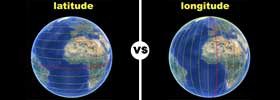 |


